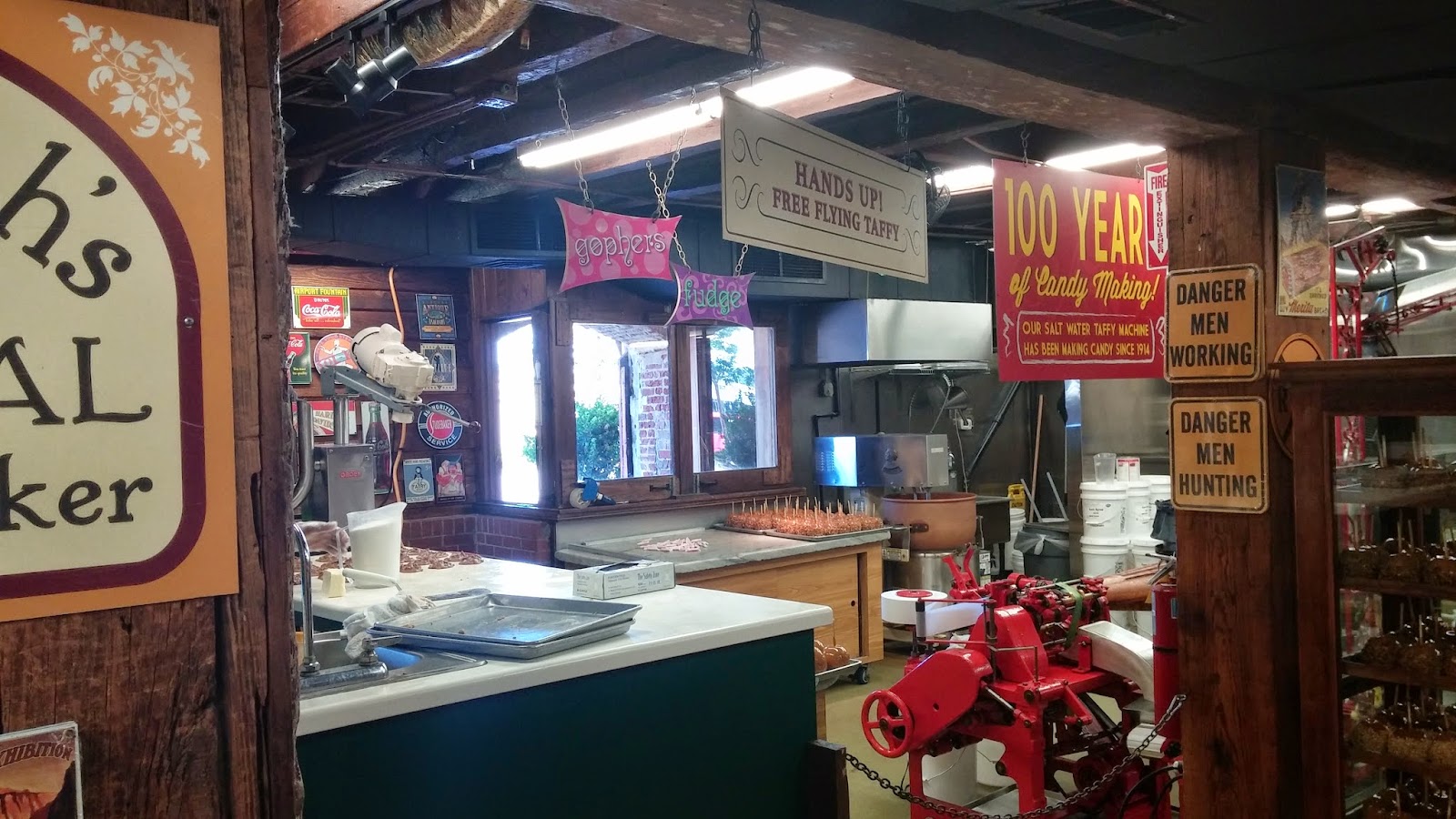We spent the past weekend in Savannah, Georgia. Having moved to northeast Florida in 2012, it has been on our list of places to visit. Since all five of us went, the number of affordable choices was limited. There are many quaint B & B's, but they typically only have rooms for two and are quite expensive. Therefore, we stayed at the Comfort Suites on West Bay Street. This hotel is not recommended. While the staff was extremely friendly and the room was comfortable, it was located across from government housing. It was two blocks past the historical section of town. While we were checking in on Friday night, a youngster from the neighborhood asked if he could come in. The clerk told him no, and he proceeded to throw something against the glass before he left.
John and I took a walk, while it was still light outside, to River Street. I was expecting a beautiful, scenic stroll along the river. While there were some cool buildings and side streets, I didn't think it was beautiful or scenic. I felt like I had to keep looking over my shoulder, especially once the sun went down.
On Saturday, we decided to tour the town via the Old Town Trolley. The concierge gave us a discount, which we were extremely grateful for as the tours are nearly $30 per person. The trolley takes a 90-minute, narrated, winding route through the historic district, stopping at 15 places along the way. At each stop, passengers have the opportunity to stay on or get off and enjoy the attraction, be it a house, museum, church, or shopping area. One of the beautiful churches, built in the Gothic style, was The Cathedral of St. John the Baptist.
During the tour, various spots that were used in popular movies were pointed out, including the bench where Forrest Gump sat while he waited for the bus and the home where the shooting took place that is referenced in Midnight in the Garden of Good and Evil. We drove past the pub where Julia Roberts saw her husband, Dennis Quaid, eating dinner with another woman in Something to Talk About.
There is one home in Savannah that wast the first on the East Coast (if not the nation) to have whole-house plumbing, and one house was built mostly out of iron (to show others how wealthy the owner was).
The Juliette Gordon Low birthplace is located here. She was the woman responsible for founding the Girl Scouts.
The city is built around 22 existing squares (there were originally 24). Some have statues of people instrumental to the history of Savannah, including James Oglethorpe. Some of these people are even buried in the squares underneath their statues.
One of the places we chose to eat while visiting Savannah was Leopold's Ice Cream on West Broughton. Sandwiches are served here, as well as ice cream. Leopold's is rated the third best ice cream in the country and the fifth best in the world. The owner's father started the business in the early 1900s, and when he (the son) was old enough, he left the business and became a movie producer (Sum of All Fears, Mission: Impossible III, The General's Daughter). In 2004 (I believe), he came back and reopened Leopold's, using the same secret recipe. The history is very interesting, and the restaurant is full of movie posters and clapboards from the movies he played a part in producing. The ice cream is delicious, too!
We had dinner on Saturday night at Paula Deen's The Lady and Sons restaurant. Once we were seated, we were served garlic cheddar biscuits and corn bread pancakes. For our meals, the menu had several options, including a buffet for $18.00 that includes salad fixings and an ever-changing variety of Southern favorites. On our buffet, there was fried chicken, pot roast, lima beans, collard greens, green beans, macaroni-and-cheese, cheese broccoli, candied yams, garlic mashed potatoes, rice, spoonbread, and fried fish. Dessert was a choice of peach cobbler, banana pudding, or butter cake.
The Lady and Sons is pictured below. It is a three-story building re-purposed to house a restaurant and store. There is a great deal of re-purposing going on in this town.
Two of the places we frequented while in Savannah were The Peanut Shop where they have all different flavors of peanuts to sample and Savannah's Candy Kitchen where they give out free praline samples. Oh, my goodness!
I'm glad we went to Savannah. If we hadn't, we'd always wonder what it would be like. It wasn't really what I expected, though. There were some interesting things, and I think I would have liked to have toured some of the old houses. I did enjoy the history I learned on the trolley tour. I do recommend that. Just try to get them to reduce your ticket price, especially if you have kids. I guess I was thinking this historic town would be more like Colonial Williamsburg and less like Philadelphia. I don't like the city feel. I want to be steeped in history. I don't want to have to worry about mine or my children's safety.
If you plan on visiting Savannah, my biggest recommendation is to stay within the historic center. Don't stay in a hotel or B&B beyond Martin Luther King Jr. Blvd to the west or Broad Street to the east. There are some upscale hotels on River Street and Bay, as well as some B & B's on East Oglethorpe.










